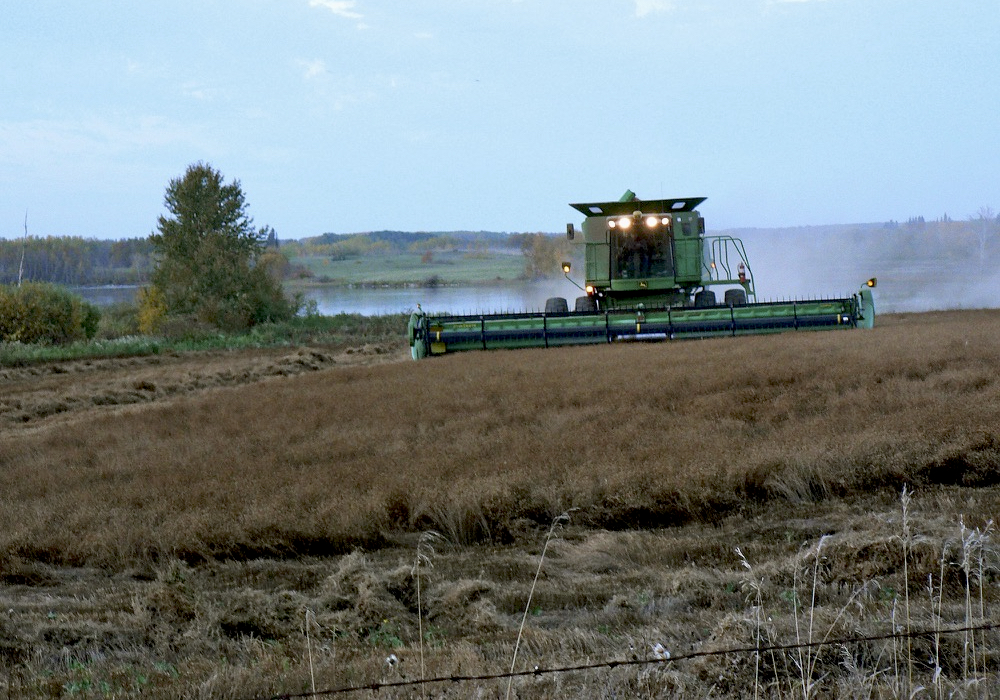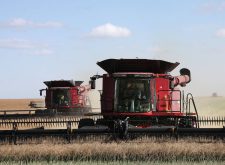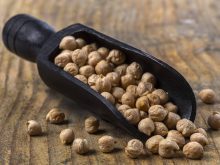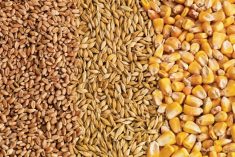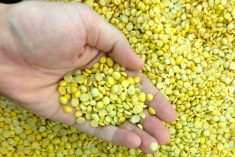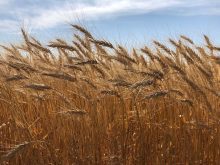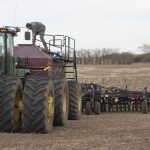Glacier FarmMedia — Manitoba Agriculture issued its final crop report of 2025, showing the overall provincewide harvest at 97 per cent complete as of Oct. 20.
Nearly all major crops have finished combining, with 37 per cent of Manitoba’s sunflowers finished, plus 71 per cent of grain corn and small amounts of soybeans and potatoes left to do.
Manitoba Ag also reported most of the fall fertilizer applications have wrapped up. As well, the planting of winter wheat and fall rye benefitted from warm fall temperatures and sufficient soil moisture levels, giving a good start to the 2026 crop.
Read Also
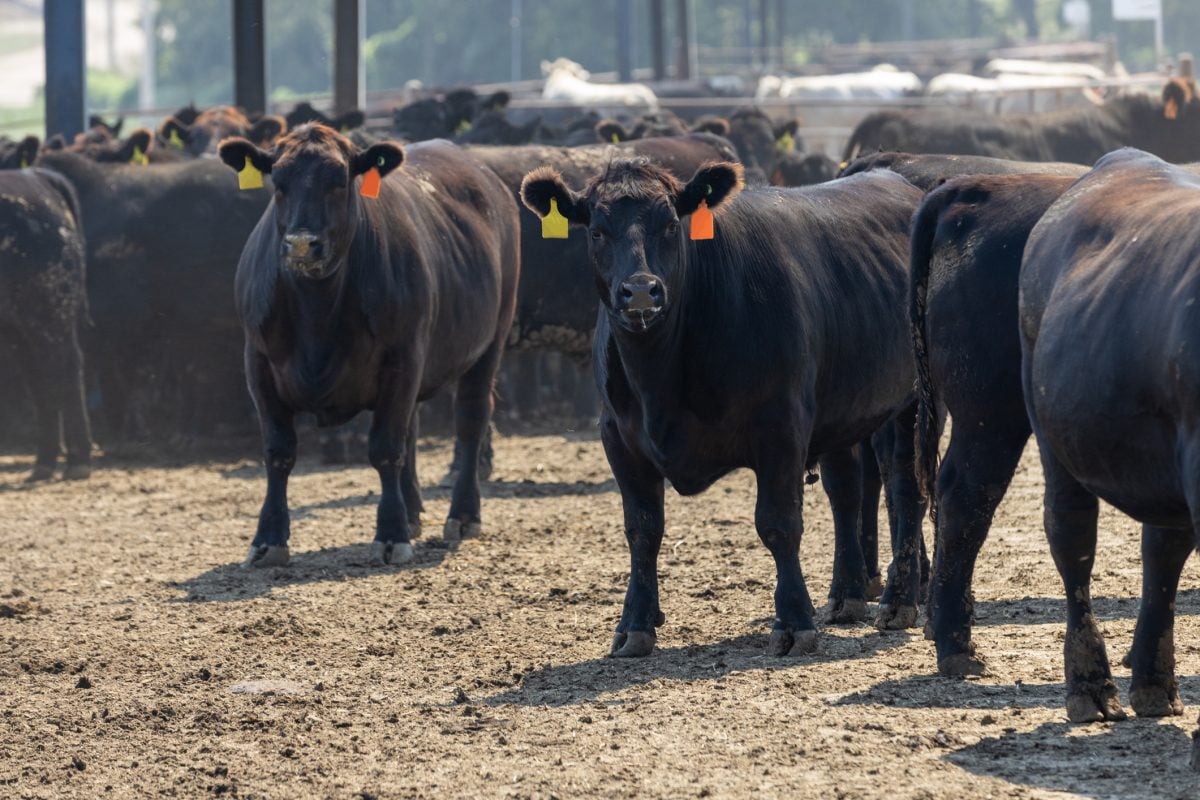
U.S. livestock: Cattle mostly lower Monday
Cattle futures on the Chicago Mercantile Exchange were mostly lower Monday, seeing a modest correction to start the week after…
Yields above average
The report placed this year’s winter wheat yields at 50 to 90 bushels per acre and fall rye at 60 to 110 bu./ac. with some instances of fields hitting 135.
Yields for the spring cereals ranged from 50 to 90 bu./ac. for wheat, with good quality and protein levels of 13.5 to 14.5 per cent. Although some later planted spring cereals did not fare as well due to wet conditions. Oats reaped 80 to 120 bu./ac. with barley at 80 to 110.
Corn yields varied, depending on the amount of rain received. Areas with limited rainfall saw 90 to 120 bu./ac. while those areas with timely rain had 130 to 150.
Among the oilseeds, canola yields were 30 to 60 bu./ac., flax at 15 to 35 and soybeans at 30 to 50. Sunflower yields are above normal across most of the province, but below normal in the Interlake.
The pea harvest registered at 30 to 70 bu./ac.
As for forages, the late season precipitation helped to extend pasture grazing. While hay yields were average, forage quality varied due to wet conditions. That was also the case with corn silage yields but greenfeed and cereal sileage were near average.

